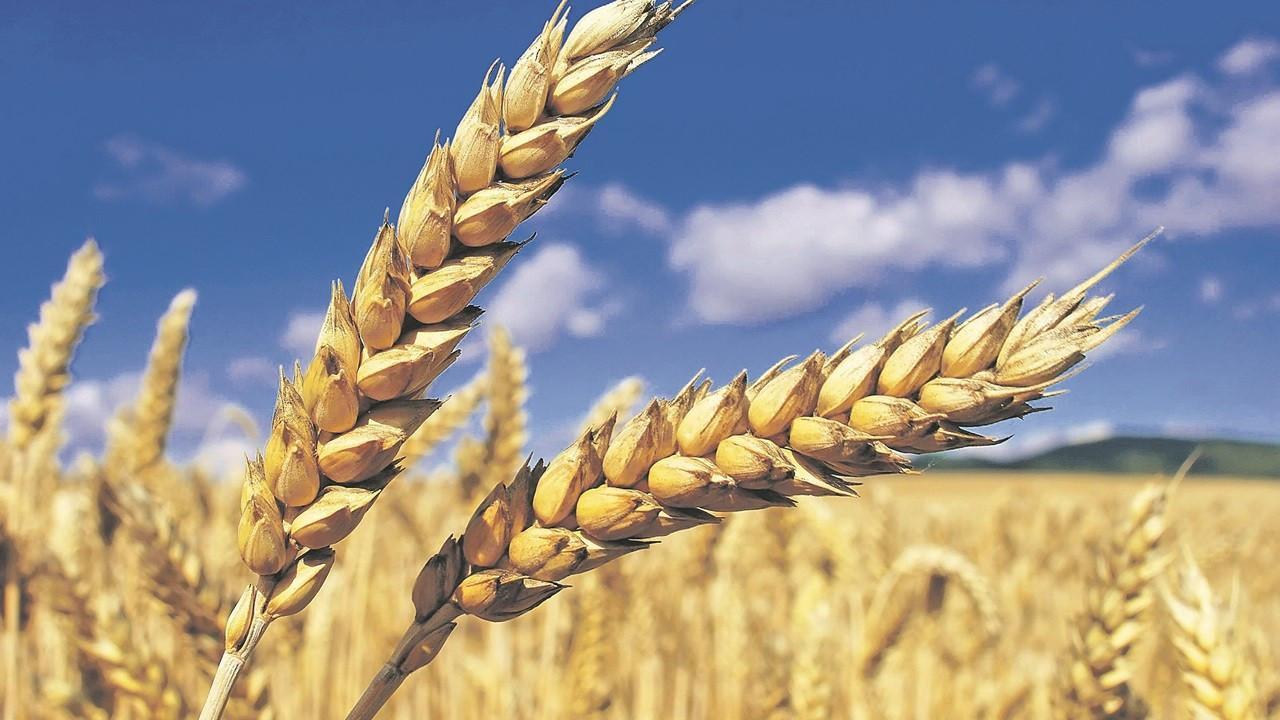
Natural and man-made disasters have caused $3.8 trillion in crop and livestock loses over 30 years, the UN's Food and Agricultural Organization said on Oct. 13.
Floods, droughts, insect infestations, storms, disease and war have caused about $123 billion per year in lost food production between 1991 and 2021, the equivalent of five percent of total production or enough to feed up to half a billion people per year, the FAO said in a report.
This is the first time the U.N. body has tried to compile such an estimate, with the aim of putting into context the scale of the cost of disasters on both a global and personal scale.
The FAO has found that disasters are increasing in severity and frequency, from 100 per year in the 1970s to around 400 events per year in the past 20 years.
Climate change is increasingly responsible, as well as human and livestock diseases.
It identified the "systemic drivers of disaster risk" as climate change, pandemics, epidemics and armed conflicts.
The damage adds up quickly.
Average annual grain losses hit 69 million tons, the equivalent of France's annual production.
Some 40 million tons of fruit and vegetable production was lost, and 16 million tons of meat, fish and eggs.
Around 23 percent of losses due to disasters were sustained in the agricultural sector.
The FAO further found that poorer nations suffered the highest losses due to extreme events in terms of the percentage of their agricultural output, at up to 10 percent.
Asia is the worst-hit region, sustaining 45 percent of total agricultural losses due to disasters, and losing the equivalent of four percent of its agricultural output.
Horn of Africa nations that are regularly touched by drought lost an average of 15 percent of crop production.